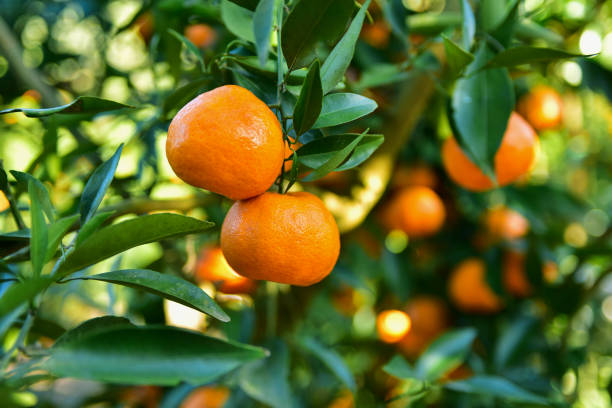



To limit the spread of sweet orange scab (SOS), Baldwin and Mobile counties in Alabama imposed a quarantine period for Elsino australis, the fungus that causes the illness. The Animal and Plant Health Inspection Service (APHIS) of the United States Department of Agriculture established the quarantine in collaboration with the Alabama Department of Agriculture and Industries (ADAI). The scab quarantine region in Baldwin County includes seven nurseries and 60 acres of citrus. To prevent further spread of the disease to non-infested parts of the United States, APHIS is implementing protective measures on the interstate transfer of regulated items from these quarantine areas. These protection procedures are similar to those in place within the state.
In July 2010, Elsino australis was discovered in the United States for the first time. SOS is now known to exist in Arizona, Florida, Louisiana, Mississippi, Texas, and parts of California and Alabama, thanks to these new detections.
Consumers can choose from a variety of oranges, and the industry is constantly working to develop fresh and amazing variants to meet consumer demands.
Summer Navel (Lane Late, Barnfield and Wilson), Valencia (Valencia), and Winter Navel (Lane Late, Barnfield and Wilson) are the most common orange varieties (Washington, Navelina and Leng). Winter Navels make up 38% of the orange acreage, Valencia makes up 45%, and Summer Navels make up 17%. Navels are seedless and propagate by cuttings and were imported by the USDA in Washington, who distributed them to growers in Florida and California, and thus acquiring the name of Washington Navel.
Available: June to October
Valencia is the world’s most popular commercial orange cultivar, earning the title “King of Juice Oranges.” Valencia is the main type utilised for juice production and represents 50% of the total Florida fruit crop. The Valencia is a Chinese ship that was brought to Europe by Portuguese or Spanish sailors. Even though colour development may vary when the temperature is hot, the Valencia is ideal for the tropics. The rind is thin and slightly pebbly. The flesh is a vibrant orange colour and is incredibly juicy and seedless. Valencia is a late orange with a smooth, thin peel, few if any seeds, pale flesh, a sharp flavour, and a large amount of juice.
Availability: November to February
Article by: Hari Yellina (Orchard Tech)